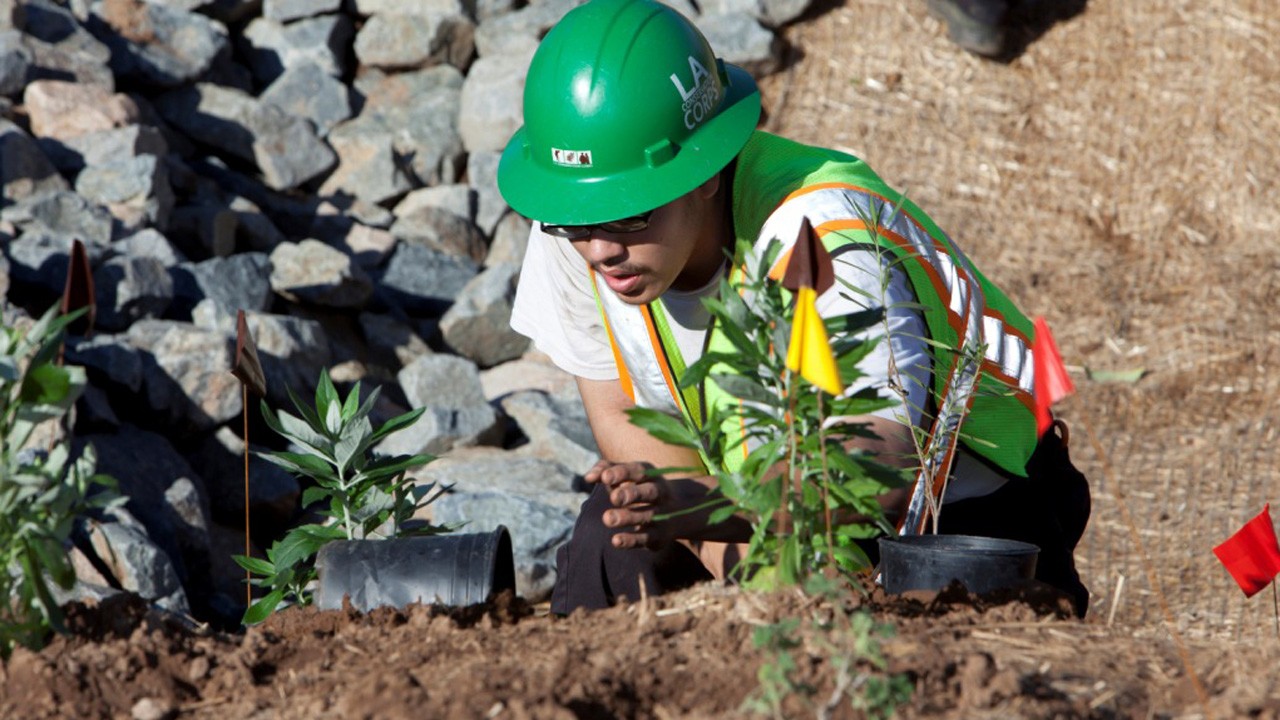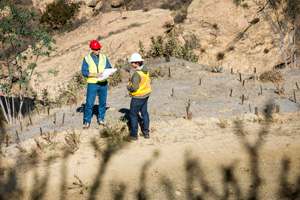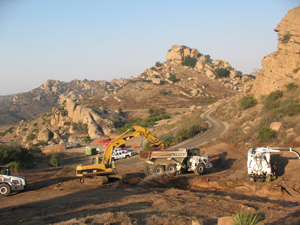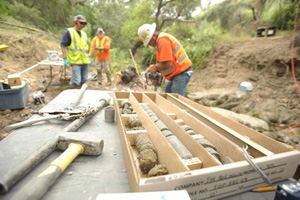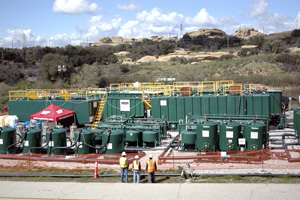Solvents containing volatile organic compounds were previously used to clean rocket engine test equipment to ensure the safety of workers at the Santa Susana Field Laboratory. Following approved practices at the time, these solvents were often disposed onsite, seeping into soil and groundwater. The primary chemicals found in the groundwater under the site are trichloroethylene (TCE) and 1,2-dichloroethylene (1,2-DCE). Low-level radioactive contamination resulting from energy research operations remains in soil on about one percent of the property.
Santa Susana is divided into four administrative areas that reflect its past operations, current ownership and cleanup responsibility. Boeing owns most of the property; the U.S. government owns a portion, administered by NASA and the U.S. Department of Energy leased portions from Boeing. In 2007, all three parties signed a comprehensive cleanup agreement with the California Department of Toxic Substances Control (DTSC).
Under this Consent Order, Boeing has committed to performing a risk-based cleanup of soil and groundwater contaminated by chemicals, applying standards that are in-line with other cleanup sites throughout California. Boeing remains committed to completing a cleanup that fully protects both human health and the environment, and is consistent with Santa Susana's future use as open space habitat.
DTSC experts have confirmed that cleanup under the Consent Order will safeguard human health. Also, numerous studies conclude that there is no evidence that past operations at the Santa Susana Field Laboratory have affected the health of the local community.
Area IV of Santa Susana has localized areas with radioactive contamination above naturally-occurring levels, which is the responsibility of the Department of Energy. In 2012, the U.S. Environmental Protection Agency completed an extensive radiation survey and found that low levels of residual contamination from past nuclear energy research affects approximately 40 acres of this portion of the site. The results demonstrate that previous remediation efforts have been effective in eliminating the majority of legacy contamination.
